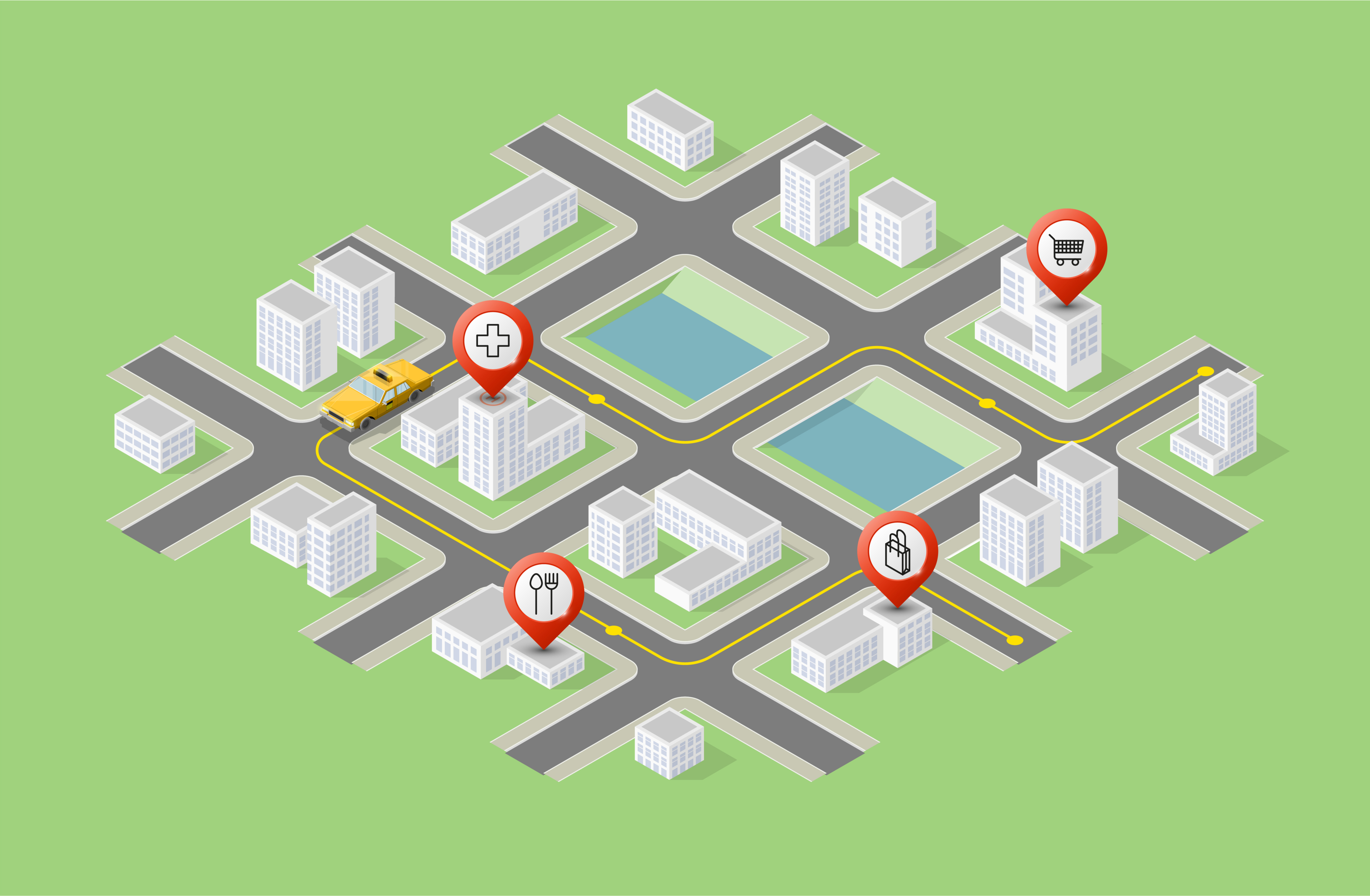
In Part 1 of this blog, we discussed the purpose of a trade area, who should use them, how to define a trade area and how to delineate that trade area. Now let’s talk about what impacts the drawing of a trade area and how the science of trade area delineation is impacted by the evolution of data (specifically, mobile activity data).
Your trade area is impacted by numerous factors
There are many things to consider when drawing a trade area. The old adage of “if you build it, they will come,” doesn’t apply in today’s market when opening a new location or store. Today, consumers have unprecedented options in both bricks-and-mortar competition, online shopping and new retail channels that didn’t exist five years ago. Additionally, new travel patterns due to the COVID-19 pandemic and the increasing number of work-from-home households has made designing an accurate trade area more challenging than ever.
If you are manually defining a trade area for a site and do not have the luxury of customers or visitor locations, it is important to look at each neighborhood surrounding the store and estimate where each group of consumers likely works, dines, and shops. Is your store a logical destination for the consumers, or are there other competing options that offer a better trade off in convenience and attractiveness? Breaking an area into submarkets using freeways, physical barriers such as water bodies and mountains and even psychological barriers such as changes in demographics can help determine logical places to end your trade area.
Changing the game with mobile activity data
Defining an accurate trade area takes a keen understanding of the dynamics of an area, how consumers travel and why they make the choices they make. In today’s data-driven world, you can increase the accuracy of your trade areas with better data—including mobile phone data. Mobile phone data will not tell you who your consumer is – for privacy reasons – but can provide a wealth of information about consumers from demographics and lifestyle behaviors to where they live, work, dine and shop and how they got there.
By studying the activity of visitors to your prospective shopping center or a nearby store, you can create a trade area that often accurately predicts your future store’s trade area. There’s no guarantee that these people are going to become your customer, but being able to track where they spend their time during the day and where they live is valuable information. This relatively new technology is highly beneficial in helping retailers make informed decisions about where to locate and why.
Trade areas are valuable, but they do not need to be perfect
So how important is that you get your trade area “right”?
Hopefully we’ve adequately made the case that there is no such thing as a single source of truth when it comes to a trade area. In reality, the best trade area is the one that provides the highest accuracy; and in site selection, accuracy will be affected by many factors that are out of your control. A competitor might enter your trade area before or after your store opens or population growth might fail to materialize. You may count on a large trade area but due to reductions in your advertising budget you may not be able to adequately reach customers in certain parts of the trade area.
When you are considering opening a new store or location, you want to do so armed with the best information. That’s where trade areas can be helpful—they tell you who might frequent your business and where they’re coming from. But they are simply one component in your site selection and market intelligence process.
In our experience at SiteSeer, it is rare that a less-than-perfect trade area results in a bad forecast. Most of the differences in trade area definitions occur at the edge of the trade area, and as discussed previously, most of what matters happens near your site or store.
Trade areas, like any component of your site selection process should use the best information available, combined with good judgment and risk management. The more your site’s success depends on the behaviors of consumers at the far reaches of your trade area, the riskier the proposition.
Need help with site selection and creating trade areas to help you in this process? Consider SiteSeer software, which will help you understand your customers, where they’re travelling from and much more. Contact us for a demo!
Did you see part 1 of this blog post? If not, check it out.


